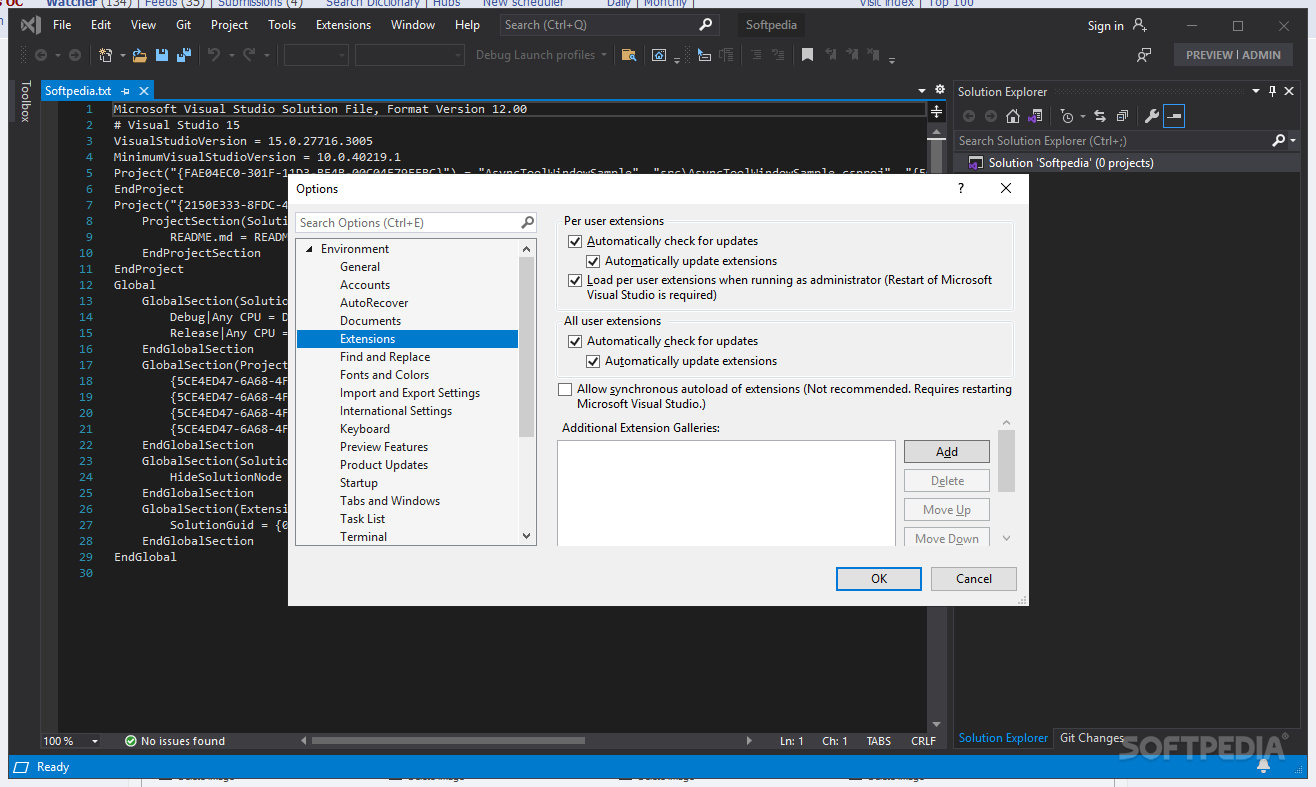
To access Qt Designer's functionality, click Window|Open Perspective|Other, then double-click Qt Designer UI. A form with OK and Cancel buttons will be shown. jui file to make the Qt Designer editor visible. Once the wizard has finished, it will have created GoToCellDialog.java and also a Java user interface file GoToCellDialog.jui. Call the project "JambiGoToCell", and on the last page, specify "GoToCellDialog" as the class name and choose "Dialog" as the form type. Click File|New Project, and then choose "Qt Jambi Project (Using Designer Form)". Eclipse shows syntax errors in the left margin of the editor, and shows any errors that occur at run-time in a console window.Ĭreating a Qt Jambi application that uses Qt Designer is very similar to creating a pure code application. The application can be run from within Eclipse using the Run|Run menu option. java file with a main() method and a constructor. At the end, Eclipse will create a project with a skeleton. To create a Qt Jambi application purely in code, click File|New Project, choose "Qt Jambi Project", and go through each page of the wizard. In this section, we will discuss both of these project types by presenting a Qt Jambi version of the Go to Cell example developed in Chapter 2. The next time we start Eclipse and click File|New Project, the New Project dialog that pops up will offer two kinds of Qt Jambi project: Qt Jambi Project and Qt Jambi Project (Using Designer Form). Once the path has been set and verified, Eclipse should be closed and restarted for the changes to take effect. It is necessary to go to this page and set Qt Jambi's location, as explained in. The Preferences dialog will now have an extra option called "Qt Jambi Preference Page". Once the package is unpacked in the right location, Eclipse must be run with the -clean option to force it to look for new plugins, rather than relying on its cache.

To make Qt Jambi and Qt Designer available inside Eclipse, it is necessary to install the Qt Jambi Eclipse integration package. Many views are available in Eclipse, including navigator, outline, and editor views, and each particular collection of views is called a perspective. Eclipse displays a collection of panels, called views.


Eclipse is very popular with Java programmers, and since it is written in Java, it runs on all major platforms. The Eclipse IDE ("Eclipse" for short) is one of the key pieces of software in the Eclipse family of more than sixty open source projects. Learn More Buy Using Qt Jambi in the Eclipse IDE C++ GUI Programming with Qt4, 2nd Edition


 0 kommentar(er)
0 kommentar(er)
